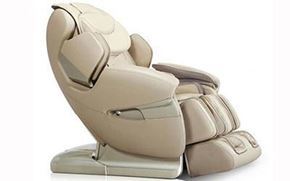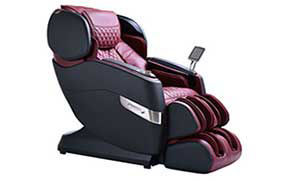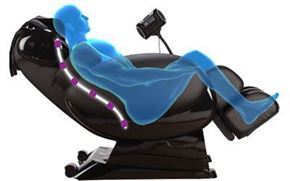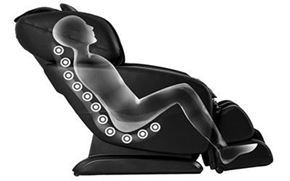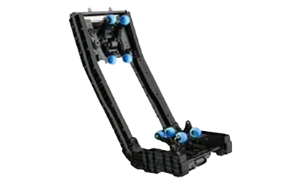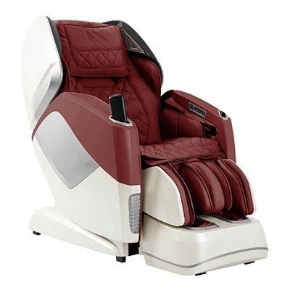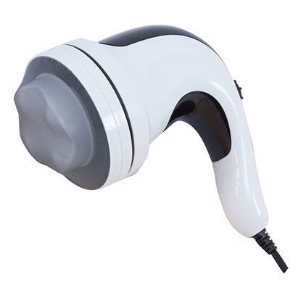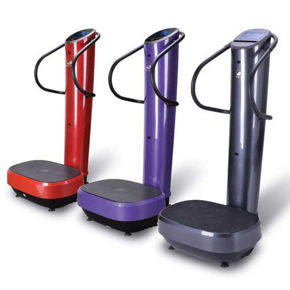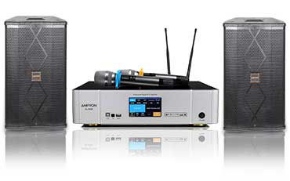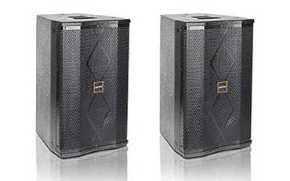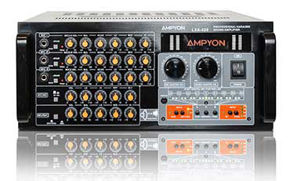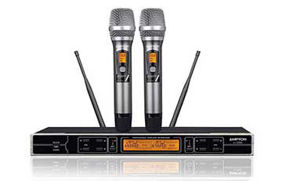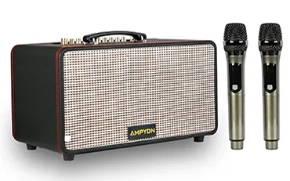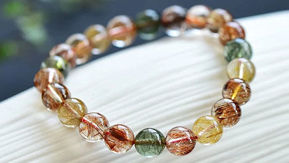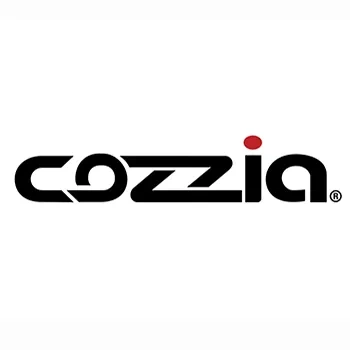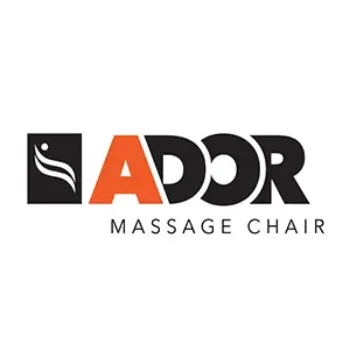Estimated reading time: 12–15 minutes • This article is general information, not a substitute for medical advice
Table of Contents (click to expand)
TL;DR — The 12 Golden Rules
- Read the manual once. That’s where the real limits live (weight, voltage, clearances, cleaning).
- Start low, go slow. Begin on the gentlest preset and shortest time; build up only if you feel good the next day.
- Time‑box your sessions. Aim for 10–20 minutes, with breaks between rounds. Never nap on active heat [1].
- Use a grounded wall outlet. Avoid “daisy‑chaining” power strips and don’t run cords under rugs [2][3].
- Leave breathing room. Respect wall clearance and keep vents unblocked; never drape blankets over intakes/outlets.
- Supervise kids & pets. Children can be hurt by moving footrests and gaps; keep remotes out of reach [4].
- Heat wisely. Keep a fabric layer, check skin, and limit heat time; people with neuropathy need extra caution [5].
- Know your red flags. Stop if you feel numbness, tingling, chest pain, shortness of breath, dizziness, rash, or new swelling.
- Skip risky areas. Avoid open wounds, inflamed skin, acute injuries, or areas your clinician says to avoid [6].
- Special conditions. Pregnancy [16], implanted cardiac devices [9][10], DVT/clot history [7][8], severe osteoporosis [6], or neuropathy [5] — get tailored advice first.
- Clean regularly. Follow the manufacturer’s instructions; routine cleaning is usually enough at home [13].
- Document & maintain. Register warranties; add a monthly reminder to check cables, zippers, seams, and to vacuum dust from vents.
Who Should Check With a Clinician First
Before using strong massage, compression, or heat, it’s smart to talk with your clinician if any of the following apply:
- Pregnancy. Prenatal massage can be safe with modified positioning and pressure (often side‑lying); get individualized guidance [16].
- Implanted cardiac devices (pacemaker/ICD). Keep strong magnets and magnetized devices at least 6 inches (15 cm) from the implant; ask your cardiology team about EMI concerns [9][10].
- Deep vein thrombosis (DVT) or recent blood clot. Avoid massaging the affected limb in the early period; suspected DVT is urgent [7][8].
- Severe osteoporosis, recent fractures, or surgery. Aggressive pressure and strong stretch may be inappropriate — seek tailored advice [6].
- Neuropathy or reduced sensation (e.g., with diabetes). Heat injuries can occur without early warning pain; follow foot‑care cautions [5].
- Active cancer treatment or lymphedema. Ask your oncology team which areas/pressures are safe and which to avoid.
- Open wounds, infected or inflamed skin, or undiagnosed lumps. Avoid direct pressure and heat until medically cleared [6].
Set Up Your Space (Power, Placement, People)
Power & cords
- Plug the chair into a grounded wall outlet. Don’t stack power strips or extension cords (“daisy‑chain”) — it’s a common fire‑code violation [2].
- Don’t run cords under rugs or pinch them under furniture. Leave a little slack where the chair moves [3].
- Check the cord and plug monthly; replace damaged parts through the manufacturer.
Placement & ventilation
- Respect the manual’s wall clearance for recline and the footprint when fully extended.
- Keep air vents unobstructed. Don’t drape blankets over intake/outlet areas.
- Stable, level floors reduce wobble. Use grippy pads on slick floors.
People & pets
- Supervise children around powered recliners. Entrapment in gaps near the footrest is a known hazard pattern; keep little hands away from hinges/rails, and keep remotes out of reach [4].
- Teach a simple rule: fingers and tails stay away from moving parts.
- Use a child lock mode or unplug the chair when not in use if curious kids are around.
Your First‑Week Plan (Ramp‑Up Routine)
The easiest way to stay safe is to build comfort gradually. Here’s a simple seven‑day plan many people find helpful:
- Day 1: 8–10 minutes on the gentlest preset; heat off. Focus on fit (head/low‑back support) and let the body‑scan run.
- Day 2: 10–12 minutes; keep intensity low; sample foot rollers on the lowest setting for 2–3 minutes.
- Day 3: 12–15 minutes; turn heat to low with a thin clothing layer. Check skin afterward (no persistent redness) [1].
- Day 4: 15 minutes; increase back‑roller depth by one notch if you had zero soreness the day after Day 3.
- Day 5: 15–18 minutes; try a neck‑focused pass at slow speed. If you feel sharpness on bone, reduce depth and adjust the shoulder line.
- Day 6: Rest day or a very gentle 10 minutes for recovery.
- Day 7: 18–20 minutes; keep heat on low; test calf massage briefly. Any next‑day soreness? Dial back intensity before time.
Use the ramp‑up to discover your “sweet spot” intensity and your two favorite presets. Those will become your daily defaults.
Design a Safe Session (Fit, Intensity, Time)
Fit & alignment
- Sit with a neutral neck (ears over shoulders) and relaxed shoulders. Adjust the headrest or add a small towel if needed.
- Run the body‑scan and nudge the shoulder line if rollers feel too high/low.
- If a motion feels “pointy” on bone (spine tips, scapula edge, hips), decrease depth or change your position.
Intensity & pressure
- Start on the lowest intensity. Increase by one step only after a comfortable one‑minute test.
- “Good pressure” feels relieving without bracing, clenching, or breath‑holding; those are signs it’s too much.
- Skip aggressive presets if you’re new to massage or returning from a flare‑up/injury.
Timing & frequency
- Most people thrive on 10–20‑minute routines. If you like deeper pressure, shorten sessions; if gentler, you can go a bit longer [1].
- Avoid back‑to‑back intense cycles on the same area. Build in a few minutes between rounds.
- Make it a habit: a short, consistent evening routine beats occasional “marathon” sessions.
Heat, Vibration & Compression — Safety Basics
Heat
- Use low heat first and keep a thin fabric layer between your skin and the heater. Limit continuous heat to about 20 minutes [1].
- Never sleep on active heat; many clinical sources advise against it because of burn risk [1].
- People with neuropathy (e.g., diabetes) are at special risk of burns — do not place direct heat on feet; warm socks are safer [5].
- Prolonged, repeated heat on one spot can cause a net‑like rash called erythema ab igne (“toasted skin”) — avoid chronic hot‑spot exposure [11][12].
Vibration
- Soothing at low settings; higher settings can be fatiguing. Use short bursts and monitor how you feel afterward.
- If you have a seizure disorder or sensory hypersensitivity, ask your clinician about safe ranges.
Compression (airbags, calf cuffs)
Special Situations (Pregnancy, Implants, Diabetes, DVT, Osteoporosis)
Pregnancy
Massage can be relaxing in pregnancy when the positioning and pressure are modified. Many professionals recommend side‑lying after the first trimester rather than face‑down; avoid prolonged flat‑on‑the‑back positions if they make you light‑headed. Disable intense abdominal airbags and skip strong pressure on the low belly or inner thighs. When in doubt, ask your prenatal care team for tailored advice [16].
Implanted cardiac devices (pacemaker/ICD)
Magnets and some electronics can interfere with pacemakers/ICDs. Keep strong magnets (and magnetized consumer electronics) at least 6 inches (15 cm) from the implant. If your chair has magnet accessories or powerful speakers, get clearance from your cardiology team and the device maker [9][10].
Diabetes & neuropathy
If you have reduced sensation, use gentle pressure and test heat cautiously (or avoid direct heat altogether). The U.S. NIDDK advises against placing hot water bottles or heating pads on feet — warm socks are safer [5].
Blood clots (DVT)
Suspected DVT is an emergency — seek medical help promptly if you have a painful, swollen, warm leg. For confirmed DVT, avoid massaging the affected limb in the early weeks due to the risk a clot could dislodge; resume only with medical guidance [7][8].
Osteoporosis, recent fractures, or surgery
Choose gentler programs, reduce roller depth, and avoid aggressive stretch. Fragile bones and healing tissues don’t tolerate high pressure well; a clinician can advise what’s safe for your case [6].
Hygiene & Cleaning
- Unplug before cleaning. Wipe contact surfaces (headrest, armrests, footwells) with a soft cloth and mild soap/water unless your manual specifies otherwise.
- For shared use, consider washable covers or disposable liners for head and feet.
- Avoid spraying disinfectant directly into vents, seams, or electronics. Spray a cloth, then wipe. Follow the manufacturer’s instructions; in most homes, routine cleaning (not heavy disinfecting) is enough unless someone is ill [13].
Maintenance & Inspections
- Monthly: Check cables, plugs, and seams; listen for new noises. Vacuum dust/pet hair from crevices and vents.
- Quarterly: Inspect foot liners/rollers; tighten accessible fasteners per your manual; review presets and delete ones you never use.
- Annually: Confirm warranty details and in‑home service coverage; update any companion app/firmware; photograph serial/receipt for your records.
Red Flags: When to Stop & Seek Care
Most discomfort resolves with gentler settings, shorter sessions, hydration, and rest. Treat the following as red flags that warrant stopping immediately and contacting a clinician (or emergency services if severe):
- Neurologic signs: sudden numbness, tingling, weakness, or severe headache.
- Cardiorespiratory signs: chest pain, shortness of breath, fainting, or racing/irregular heartbeat.
- Vascular/skin signs: a newly swollen, warm, painful calf [7]; persistent redness or a blister/burn after heat [1].
- New, sharp, or radiating pain that feels unlike your usual soreness.
FAQs
How long should a massage‑chair session be?
Most people do well with 10–20 minutes. If you like deeper pressure, shorten sessions and build slowly. For heat, many clinical sources recommend limiting a single exposure to about 20 minutes and avoiding sleep on active heat [1].
Can I use heat every day?
Yes — if your skin looks and feels normal afterward. Keep a fabric layer, start low, and monitor for persistent redness or patterned discoloration (a sign of erythema ab igne from chronic heat exposure) [11][12].
Is a massage chair safe if I have a pacemaker?
Many users with pacemakers/ICDs can enjoy massage, but you must follow device‑maker guidance on magnets/electromagnetic fields and keep magnetized items at least 6 inches from your implant. When in doubt, ask your cardiology team [9][10].
Can a massage chair cause a blood clot?
There’s no good evidence that typical use causes clots in healthy people. But if you have a known or suspected DVT, avoid massaging or compressing that limb in the early weeks and follow your clinician’s instructions [7][8].
Any tips for screen‑time necks and shoulders?
Beyond the chair, follow the 20‑20‑20 rule to reduce eyestrain (every 20 minutes, look 20 feet away for 20 seconds) [15] and keep your monitor’s top edge at or slightly below eye level; sit roughly an arm’s length away [14].
Sources
- Mayo Clinic — Using heat and cold for pain (apply heat up to ~20 minutes; never sleep with a heating pad). ↩
- NFPA — Fire code: daisy‑chaining power strips is prohibited. ↩
- State guidance — Extension cord safety (don’t run cords under rugs/doorways). ↩
- U.S. CPSC — Child entrapment incidents in home recliners (staff letter) and consumer alert. ↩
- NIDDK — Diabetes foot care (avoid heating pads/hot water bottles on feet). ↩
- Oxford Health NHS — Massage contraindications around skin integrity/acute inflammation. ↩
- NHS — Deep vein thrombosis (DVT) overview & urgent symptoms. ↩
- Patient guide (PMC) — Avoid massaging the limb in the first few weeks after DVT. ↩
- U.S. FDA — Keep magnets (phones/watches) ≥ 6 inches from pacemakers/ICDs. ↩
- American Heart Association — Devices that may interfere with ICDs and pacemakers. ↩
- DermNet — Erythema ab igne from chronic heat exposure. ↩
- StatPearls — Erythema ab igne overview. ↩
- CDC — When and how to clean & disinfect your home (routine cleaning is usually enough). ↩
- OSHA — Monitor height: top of screen at/just below eye level. ↩
- American Optometric Association — 20‑20‑20 rule for digital eye strain. ↩
- ACOG — Comfort measures & positioning during pregnancy (general guidance; confirm with your prenatal clinician). ↩

